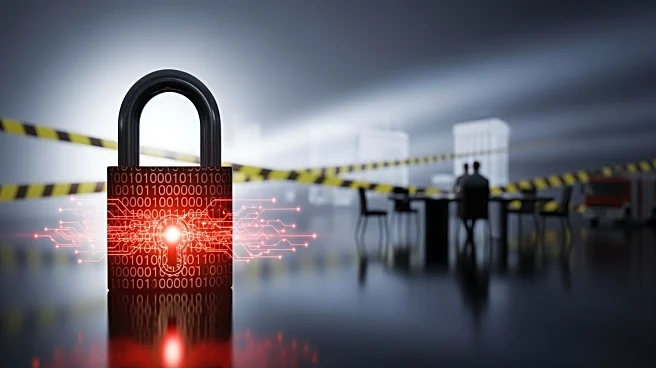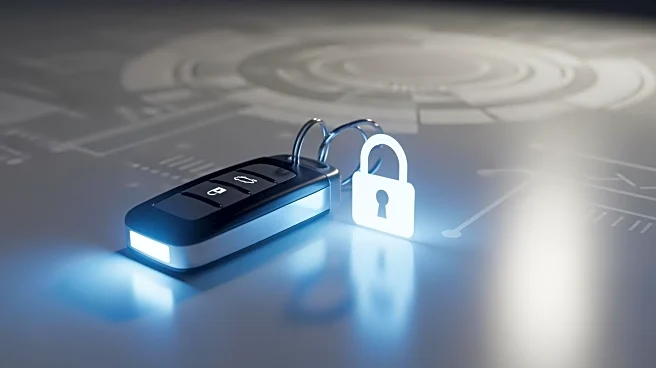What's Happening?
A cyber attack on Jaguar Land Rover (JLR) has resulted in significant financial losses and widespread disruption. According to a report by the UK-based Cyber Monitoring Centre, the attack, which halted
JLR's production throughout September, incurred costs of approximately $2.5 billion. The incident affected over 5,000 organizations, marking it as one of the most economically damaging cyber events in the UK to date. The attack underscores the vulnerability of major corporations to cyber threats and highlights the potential for substantial economic impact.
Why It's Important?
The cyber attack on JLR highlights the growing threat of cybercrime to major industries and the potential for significant economic repercussions. With over 5,000 organizations affected, the incident demonstrates the interconnected nature of modern business operations and the ripple effects that can result from a single cyber event. This attack serves as a wake-up call for companies to bolster their cybersecurity measures to protect against future threats. The financial loss of $2.5 billion underscores the importance of investing in robust cybersecurity infrastructure to safeguard against potential disruptions.
What's Next?
In response to the attack, JLR and other affected organizations are likely to review and strengthen their cybersecurity protocols to prevent future incidents. The event may prompt increased collaboration between industry leaders and cybersecurity experts to develop more effective defense strategies. Additionally, regulatory bodies may consider implementing stricter cybersecurity standards to protect critical infrastructure and minimize economic losses from cyber attacks.
Beyond the Headlines
The JLR cyber attack raises ethical questions about the responsibility of corporations to protect sensitive data and the potential consequences of failing to do so. It also highlights the need for a cultural shift towards prioritizing cybersecurity in corporate governance. As cyber threats continue to evolve, companies must adapt and innovate to stay ahead of potential risks.











